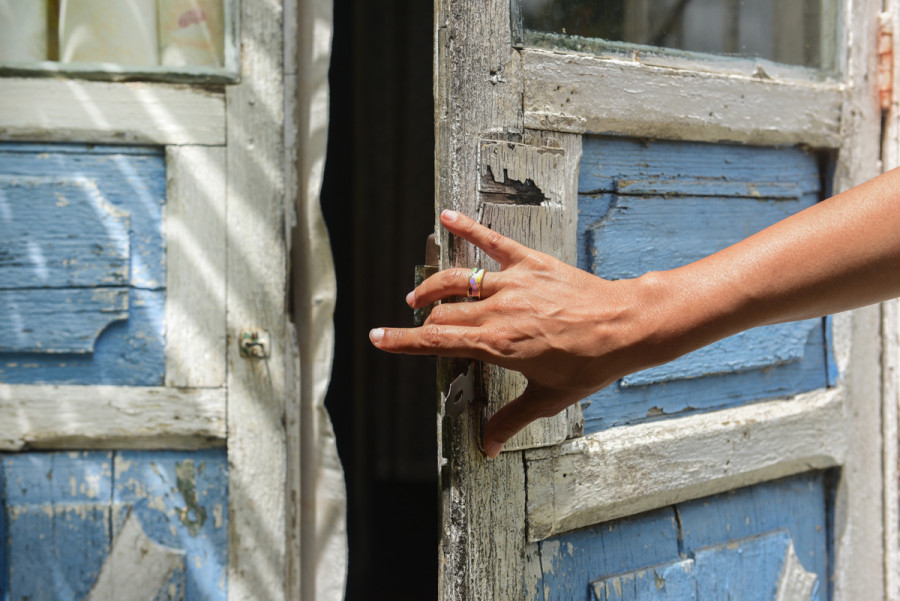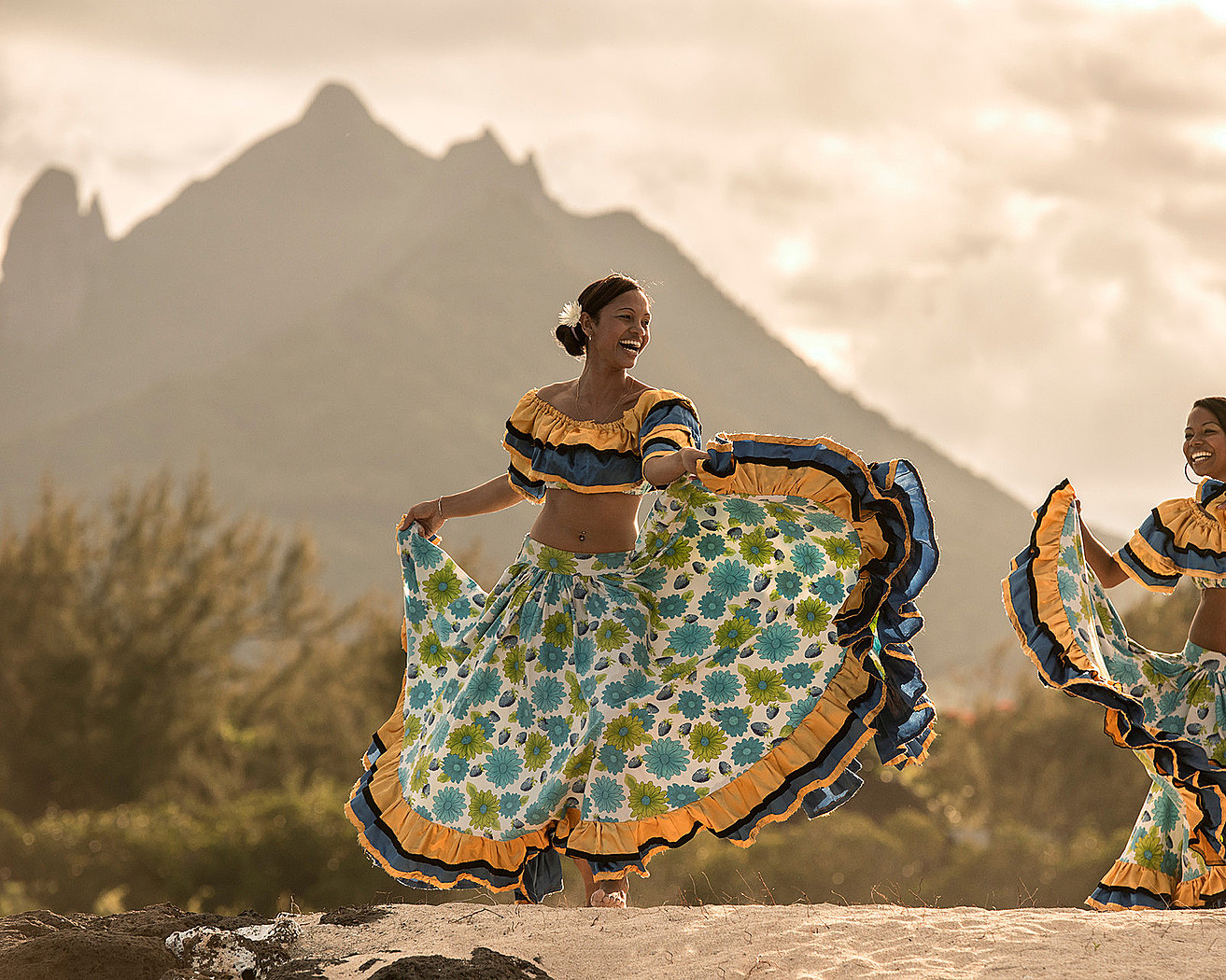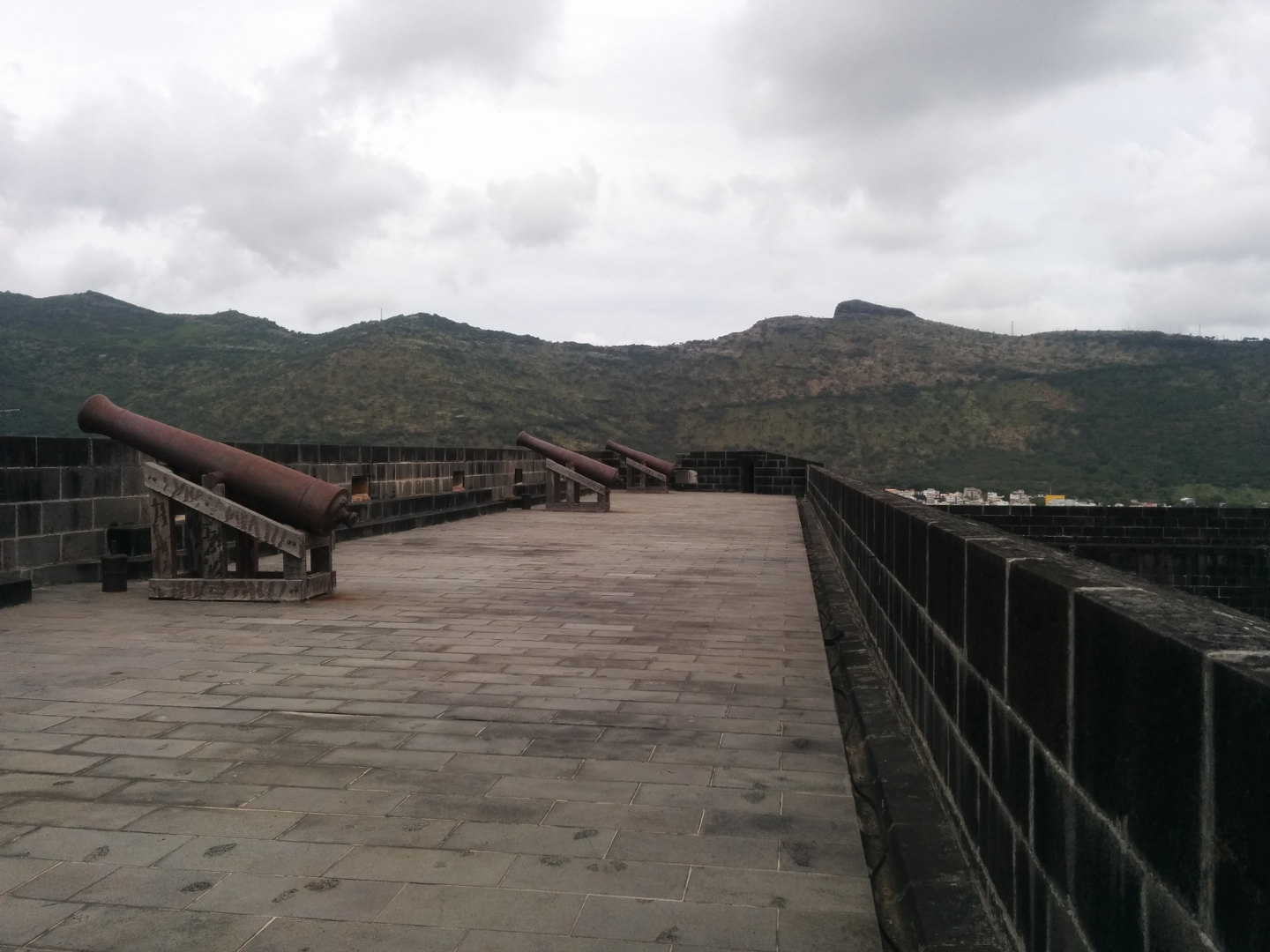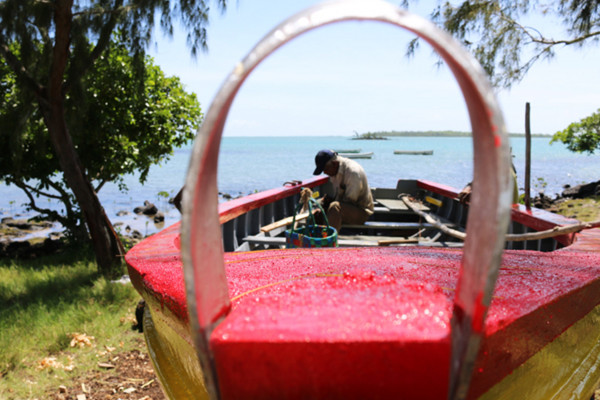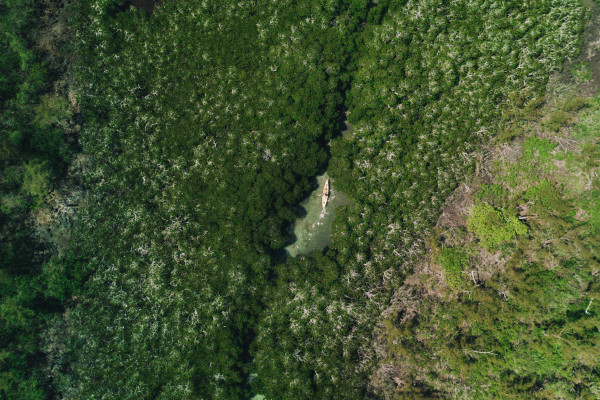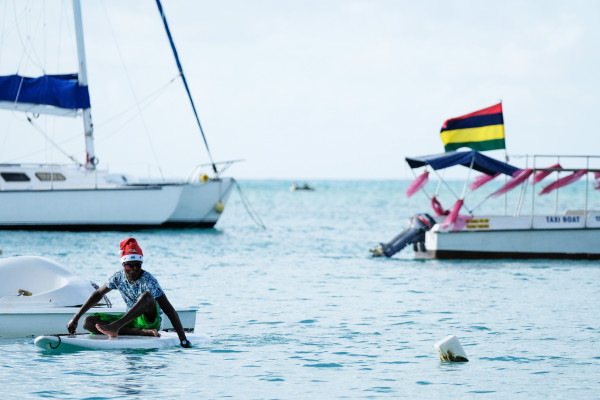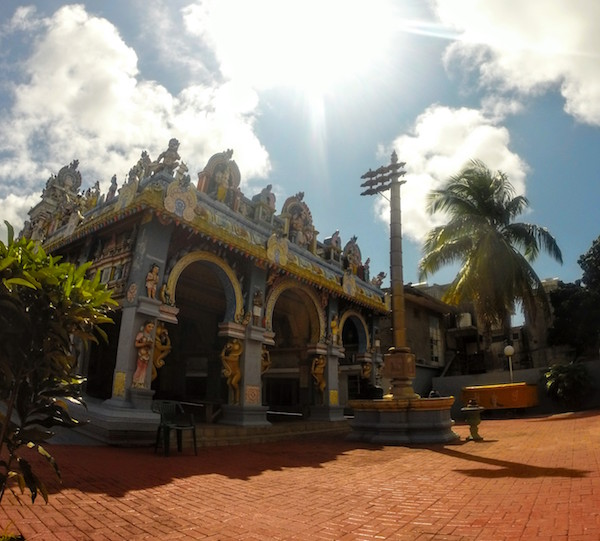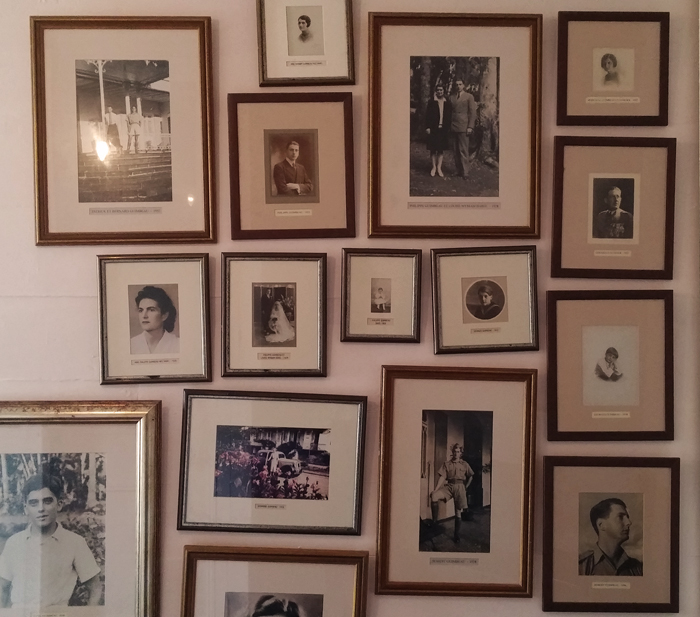Maya and Shakti put together their knowledge in anthropology and history to bring you around the corners of villages that you would have never stopped by in Mauritius. Being a cycling tour through sugarcane fields in an old sugar estate or meeting fishermen in a quaint village, these ladies will immerse you into Mauritians’ daily life, traditions, commerce and street food.
Photo by Gilliane Soupe.
Not so long ago, Sega represented the only way of entertainment for African slaves, who, after a long day of work in the sugarcane plantations would gather at night to dance at the beach. Sega is the music of oppression and party, the purest expression of Mauritius people.
Today, Sega and Seggae, the child of Sega and Reggae, are still the most popular rythms between Mauritians. You’ll hear them live on popular beaches (like Flic en Flac or Trou aux Biches) on a Sunday afternoon, played by jamming locals accompanied by their families. For a cultural experience, many Hotels offer a traditional dinner (or only drinks) along with live Sega entertainment with musicians and dancers, so bottom-up that Mojito and join the party!
From all art expressions, food and beverage is Mauritius’ specialty. We leave theater and contemporary museums to bigger capitals and focus in perpetuating our gastronomic traditions. For such reason, we proudly exhibit the process of handling local produce like manioc flour, sugarcane, fruits and herbs in authentic and sustainable factories such as Biscuiterie Rault, L’Aventure du Sucre, Bois Cheri or one of our three agricultural rum distilleries. A visit to these places suggests a cultural trip through our methods and reasons along with a savory tasting of the final products.
Jean-Alain (picture) invites you for a tour to show you how his parents and grandparents used to harvest sugarcane manually before the processes became industrial. As a rewarding closure, enjoy a rum tasting to round-up your sugarcane lecture.
Raised in the mountains of Port Louis, Fort Adeilaide was built in 1834 under the Brittish mandate, with the strategic purpose of guarding the harbor against enemy attacks and the city from destructive fires. Today, the fort is open (with no entrance fee) for visitors to admire its robust architecture and the panoramic views of the city and the main port. A visit is well worth considering that this cultural heritage is the only one, from the four forts built in Port Louis, that didn’t end up in ruins.
